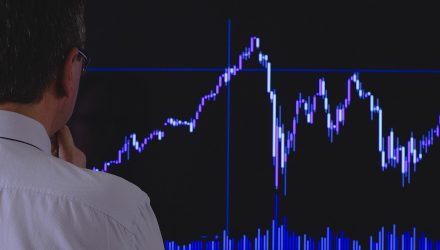By Eric Dutram, DWS
Currency hedging is a relatively new phenomenon for the Exchange-Traded Fund (ETF) market and it really only gained popularity in the past decade. This was largely due to the impact currency hedging had on returns in two specific cases; Japan and Europe.
Thanks to policies in both markets which saw local currencies fall against the dollar, investors who embraced hedged products during this time saw large levels of relative outperformance when compared to unhedged peers. Since then, currency hedging hasn’t been quite the blowout from a performance perspective and investors have arguably focused their efforts elsewhere, at least as measured by subsequent shifts in assets under management in the space.
But even if investors have put currency hedging on the back burner, the long-term case for the strategy remains. From the end of 1992 until 6/30/18, minimizing currency exposure for the MSCI EAFE Index led to an annual return increase of 44 basis points when compared to investing in the same stocks with an unhedged strategy (source: Morningstar as of 6/30/18). A modest but relevant level of yearly outperformance over a long time frame.
Reducing Volatility
While the potential boost to return is nice, there are other reasons investors may want to consider currency hedging. Namely, the impact of currency exposure on volatility.
We looked at the incremental volatility added—or subtracted—as a result of currency exposure for the MSCI EAFE Index over the last few decades, and the results are pretty astounding. Not only did currency exposure increase volatility across a variety of time periods, but it did so to an overwhelming extent:
Incremental Volatility from Currency (MSCI EAFE index 3/31/73–6/30/18)
| Time horizon | Number of rolling time periods | Number of rolling time periods currency exposure increased volatility | % of periods currency exposure increased volatility |
| 3 years | 509 | 452 | 89% |
| 5 years | 485 | 444 | 92% |
| 10 years | 425 | 416 | 98% |
| 15 years | 365 | 365 | 100% |
Source: DWS and Morningstar as of 6/30/18. Rolling difference in annualized volatility of monthly index returns.
Past performance does not guarantee future results.
